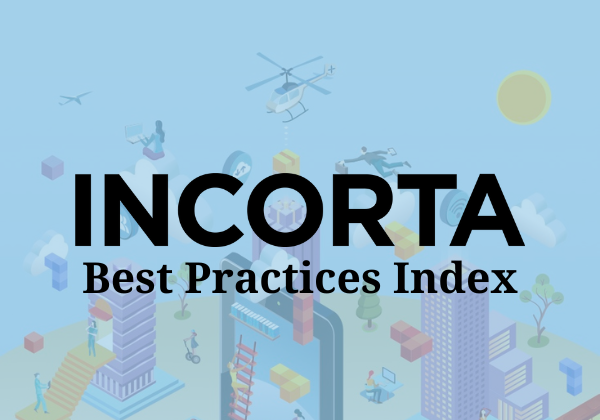- Incorta Community
- Knowledge
- Data & Schemas Knowledgebase
- Organizing Business Schemas
- Subscribe to RSS Feed
- Mark as New
- Mark as Read
- Bookmark
- Subscribe
- Printer Friendly Page
- Report Inappropriate Content
- Article History
- Subscribe to RSS Feed
- Mark as New
- Mark as Read
- Bookmark
- Subscribe
- Printer Friendly Page
- Report Inappropriate Content
on
03-14-2022
03:12 PM
- edited on
05-05-2025
10:59 AM
by
![]() Tristan
Tristan
Introduction
Business Schemas are a useful way to group content for business users that can be used in one or more dashboards. They also remove the need to understand all of the underlying data relationships even when they span several source data elements. Business Schemas also provide a way to ensure common use of labels, formula based configurations and so forth across all of your related content (dashboards and insights within them). Good organization will result in a greatly improved experience adding new and modifying existing content items and more consistent/uniform results at the end of the development process.
What you should know before reading this article
We recommend that you be familiar with these concepts in Incorta Docs.
Applies to
These concepts apply to all releases of Incorta
Let’s Go
Business Schemas like Dashboards can be organized in folders of one or more views. Business schemas can be organized by the functional area, intended target use, security grouping, or system they are reflecting data from. This helps users select the correct business views when choosing attributes for an Insight and means they will not need to understand the underlying joins.
Best practices for creation of Business Schema Folders

- Create a folder that will include all schema elements used by a single dashboard, or group of similar dashboards
- Group by functional areas (Inventory, AR/AP, CRM, Sales etc.)
- Create separate folders with similar views if there are differences in:
- Security/access requirements
- Data grains (Order Details versus Order Line item Details for example)
- Data label values/business terminology
Best practices for creation of Business Schema Views

- Try to keep all data elements for a dashboard organized in either a single view or logical buckets like Time dimensions, Metrics, Regions, Product/Entity descriptions, etc.
- Assure all items within a given view are correctly joined together
- Assure there is only one transaction (child) table per view and configure it to be the base table for the view
- When possible create a single view for any external consumer such as alternative BI or data visualization tools. Do all the joins in Incorta rather than the consumer tool and always define the base table explicitly. Tableau Best Practices
In order to start organizing your business views, navigate to the “Business Schema” page, then select any schema. From any business schema page, you can create a folder, enabling the view’s edit mode. There, you can move existing views to a folder of your choice, or create a new view from within a folder.

